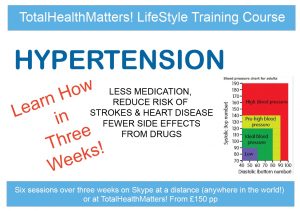
Hypertension, or High Blood Pressure: There are two types of hypertension; primary and secondary. Secondary hypertension is caused by kidney disease, atherosclerosis,or too much aldosterone hormone from the adrenal glands.This type of hypertension accounts for about 15%of sufferers. The others have primary hypertension and modern medicine can find no organic cause for this. (Tortora 1984)
The risks associated with hypertension include damage to the heart, kidneys, and brain (Tortora1984) For example if the heart has to work harder due to increased blood pressure it becomes larger, which means it requires more oxygen to function properly. If this need is not met, then the person is more likely to develop angina and the risk of heart attack is greater. The higher blood pressures may damage the tiny blood vessels in the brain and kidneys. Atherosclerosis or hardening of the arteries that contribute to hypertension is made worse by high blood pressure, thus creating a vicious circle. High blood pressure or hypertension is a condition that has become almost epidemic in today’s world and kills more people than cancer. Blood flows from the heart where the pressure is highest to other parts of the body where the pressure is lower. The pressure is the force that the heart exerts on the blood to move it around and is primarily determined by how much blood is pumped each time out of the heart into the main artery, the aorta. Blood pressed against the walls of the blood vessels, which stretch and contract to help push the blood around. If there is an increase in blood volume due to fluid retention, or the blood vessels are narrow and do not stretch properly, then the pressure rises because the heart has to work harder to move the blood around. This is called high blood pressure or hypertension. Blood pressure is measured by two values, systolic, the maximum pressure when the heart pushes the blood into the aorta and diastolic, the lower pressure. Normally their values are roughly120/80. High blood pressure may be regarded as over 140/90 for the under the ’40s and over 160/95 for over 40’s. The following factors regulate or change blood pressure:* The kidneys play a primary role by controlling the volume of blood and also by excreting or restoring minerals to the bloodstream.* The tension of smooth muscle that is wrapped around blood vessels –spasm, raises blood pressure.* The thickness of the blood, for example, when blood is thickened it moves more slowly than when it is very fluid and the pressure increases to push it around.* Irregularities in the surface of the blood vessels tend to slow down the flow, which increases the pressure. (Guyton 1982)Controlling HypertensionWhile excessive consumption of salt is claimed to be associated with hypertension, the case for eliminating salt is not certain. A deficiency can mean an increase in the low-density lipoproteins that carry cholesterol to the arteries. Calcium channel blockers, which are commonly used to treat hypertension, are ineffective when the person is on a low salt diet (Youngsen 1997) The moderate use of natural unrefined sea salt which contains other trace elements may be the best middle road. Studies show that slowing down the breathing rate to ten breaths per minute for fifteen minutes at a time, three or four times a week improves hypertension. (Grossman 2001, Schein 2001) Buteyko Institute Method is not about deliberately slowing your breathing down in this manner. However many people have experienced great improvement in their control over hypertension simply by practicing the Buteyko exercises. Regular moderate exercise is essential in maintaining good health and it is also a good way to assist in weight loss, which alone may help reduce blood pressure. Further improvements may often be made by consulting a nutritionist to determine a suitable diet that will help you to maintain a healthy weight and also ensure you have a balanced diet. Because nicotine narrows blood vessels and contributes to the problem of hypertension, this is as good a reason as any to stop smoking, and that will do the rest of your body a favor at the same time. Stress ReductionSince stress leads to increased breathing and heart rate with consequently increased blood pressure, it follows that the better our control of stress in our lives the healthier we shall be. Buteyko Method helps reduce stress levels by normalizing your breathing patterns. Stress has been having shown to increase cholesterol levels..(Steptoe 2005). Chronic stress and chronic hyperventilation (over-breathing) go hand in hand and feed each other. The physiological effects of hyperventilation include spasm of smooth muscle(increasing blood vessel resistance to flow), reduced oxygen delivered to tissue (‘the BohrEffect’, triggering demand for more blood to be pumped around the body, and increased blood pressure) and impaired sleep (see insomnia, snoring & sleep apnoea leaflet) which will generate more daily stress trying to cope. Peter Nixon, a British cardiologist suggests that80% of people suffering from angina are primarily suffering from hyperventilation (Perera 1988)
Breath Connection
“How can breath-training help? Breathing and heart function intimately connected. These two functions work together to ensure our bodies are well oxygenated, well-nourished well protected from infections or damage. Anyone can, therefore, understand why dysfunctional breathing may be contributing to a wide range of circulatory or cardiac problems. It would reasonably follow that improve breathing patterns will be of benefit to any of these conditions. The better breathing will complement any other treatment that is being given even safely reduce the need for medication, with the approval of the doctor. The benefits after training on long-lasting breathing exercises are not continued once normal breathing patterns are established breath training is a safe adjunct of aid to better cardiac management.
Hyperventilation or over-breathing reduces the level of carbon dioxide in the body, this causes the smooth muscle around arteries to spasm and constrict the circulation of blood, which in turn leads to increased blood pressure. The lowered CO2 in the body impairs the release of oxygen from the blood and hence a greater volume of blood is needed to supply the body’s needs, further increasing the need for higher blood pressure and more strain on the heart.
Peter Nixon, a British cardiologist suggested that 80% of people suffering from angina are primarily suffering from hyperventilation (Perera 1988)”
Food Connection
Hypertension is closely linked to angina, heart disease, and most chronic diseases, all these diseases are correlated or at least strongly associated with our diet (See individual notes in the food connection). It would seem reasonable to take all possible measures to improve our diet to normalize blood pressure.
Body Connection
There are two major factors that will influence our blood pressure adversely: 1. There may be mechanical problems in the spine that specifically are interfering with the nerve supply to the heart and contri=buting to hypertension. (See the Body Connection Section) and 2. Over-weight or obesity is invariably associated with hypertension. (Check your BMI in the Body Connection section)
Mind connection
The effect of anxiety or stress on our blood pressure is well recognized, every effort should be made to maintain a calm and relaxed attitude of mind. Most people find this difficult 24/7 but everyone can normalize their breathing, avoid hyperventilation that is the response to stress and anxiety states. Consider enrolling in the Skype Breath Training Course in the Courses and Materials Section.
Other Factors
There are other factors that can be contributing to or causing hypertension, that include other pathologies so it is wise to have your doctor check you for these and to keep him or her informed of what else you are doing to help yourself. Some of the non-pathological factors are discussed in my book “Connection” Towards a Better Understanding of Health in Medicine ISBN-13: 978-1326940225 available from Amazon.co.uk.

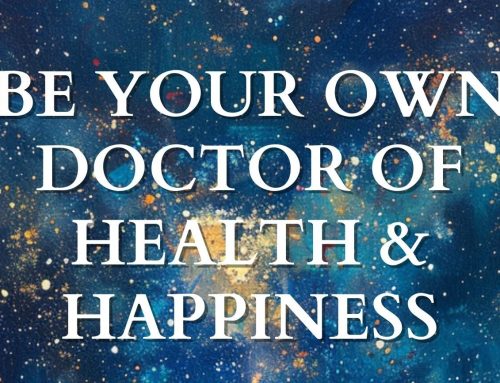

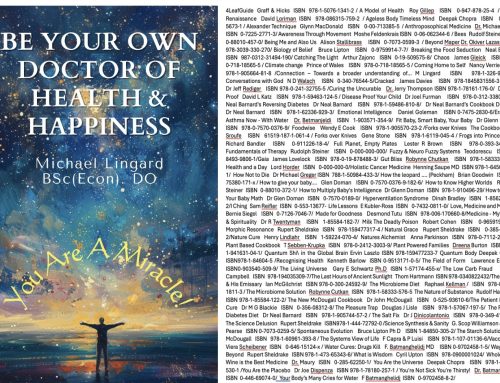
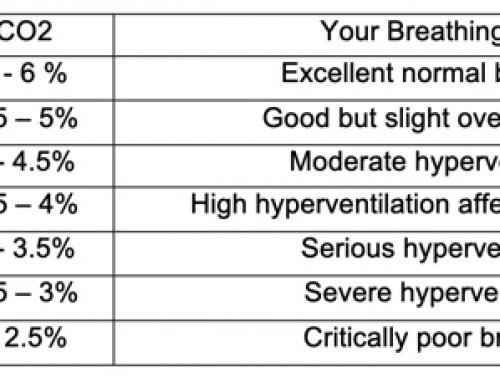
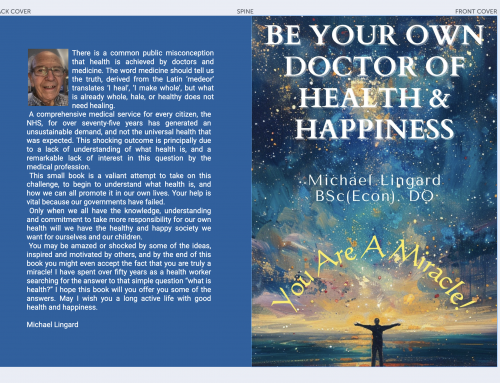
Leave A Comment